|
My search for Juan Corona began with the statement that he was a 'primo' or cousin to the Medina family, which became the ultimate research question: is this man truly related to my husband? Or was this simply an erroneous assumption, based on family lore? Let's get to the answer. Follow the brother (and the father and the mother and aunt...) An important technique in genealogical research is to expand the scope to multiple family members - beyond those of interest. Records of brothers, sisters, aunts, and uncles can reveal critical insights into the lives of direct ancestors. Indeed, a full picture of each family member enriches the stories of all. This proved to be the case in my search for Juan Corona. The Corona family entry in the 1930 Mexico National Census suggests that Natividad and Juan were half-brothers. With confirmation that Cándida Uribe was the mother of Juan, and the implausibility that she was the mother of Natividad (due to their proximity in age), the next step was to identify Natividad's mother and perhaps find a clue to the relationship to the Medina family. The breakthrough For Mexican research, I rely heavily on the FamilySearch database, filled with hundreds of millions of records from the Catholic Church and the Regístro Civil - some indexed and others not. Using the search tools available for the indexed records, I looked for more information about Sebastian Corona and his first marriage (children, marriage record, etc.). No luck. There simply were no indexed records in FamilySearch matching this family. I then began the old-fashioned (and incredibly time-consuming) process of searching the unindexed Civil Registration records page-by-page. The problem with this approach was that I was using erroneous information discovered in books written about Juan Corona. Nearly all references I consulted (which largely included research conducted by lawyers, and not genealogists) suggested that the family was from Autlán. Incorrect. It appeared I had hit a brick wall. And then, using the Ancestry.com database of Mexico to U.S. Border Crossings, I located a record for Natividad. It proved to be the wrecking ball that busted through my brick wall. Within this one document is Natividad's date and place of birth, the name of his wife, a photo, and...the name of his mother! This piece of information was the key to unlocking the connection to the Medina family. Using this new information (and, in October, the release of Ancestry.com's collection of indexed Mexican Civil Registration records), I quickly discovered the rest of the story. Natividad Corona was born on December 30th, 1922, as indicated on the border crossing document. This was supported by the civil registration of his birth. Interestingly, he is listed as 'hijo ilegítimo' which would explain the reason for no marriage records for Sebastian and Gerónima. He died in Guadalajara in 1973 (following the storyline of most investigators in the U.S. that he fled to Mexico during his brother's trial). Gerónima! The next and final step to answering the research question was to build the family tree of Gerónima Sanchez. It didn't take long to tie into a tree I had long researched. My husband's great grandmother was Francisca Sanchez Ramos. The first record I discovered, though tragic, connected Gerónima to Sebastian Corona and to Francisca Sanchez. It was a 1927 death record for Señora Gerónima Sanchez, in which the informant was Sebastian Corona, and the parents were listed as Pascual y Basilia Ramos. Pascual and Basilia were Francisca's parents, as well. Natividad Corona's mother, Gerónima, was my husband's great grandmother's sister. Put another way, Natividad (Juan's half-brother) was my husband's grandfather's cousin. Ultimately, this confirmed that Juan Corona and my husband are not related. Unfortunately, it never quite resolved the question as to whether or not I married an axe murderer: Natividad was also suspected of committing the crimes.
Eh. I'll take my chances. ;)
7 Comments
Pues, el título de esta entrada lleva un poquito de hipérbole. Pero, no voy a negar que estas palabras cruzaron mi mente mientras la tía de mí esposo contó la historia del 'Tío Natividad' y su hermano Juan, El Asesino del Machete. (Ándale. Búscalo en Google. Pero, no te adelantes tanto. Regresaremos con Juan en un ratito). Vamos a comenzar al principio. Mi esposo nació y creció en Guadalajara, Jalisco - una ciudad hermosa, con arquitectura Española, música legendaria, y comida de igual leyenda. La familia de sus padres son de pueblos rurales por las afueras de la ciudad. He sido afortunada no solo de escuchar historias de estos pueblos románticos, sino de visitarlos también. Mi familia es del norte de la frontera. Después de vivir por generaciones en Oklahoma, los familiares por parte de mi padre viajaron al oeste y terminaron en Marysville, California, un pueblo pequeño agricultural cerca del la capital de Sacramento. (Rural, sí, romántico, no tanto). Nuestro patrimonio no podría ser más distinto - en distancia y en cultura. Y, si me hubieran preguntado hace 3 meses si fuera posible que nuestras familias se cruzaron en el camino hace más de 60 años, habría pensado que la idea fue estadísticamente tonta y básicamente imposible. El mundo simplemente no es tan pequeño. Y habría sido incorrecta. 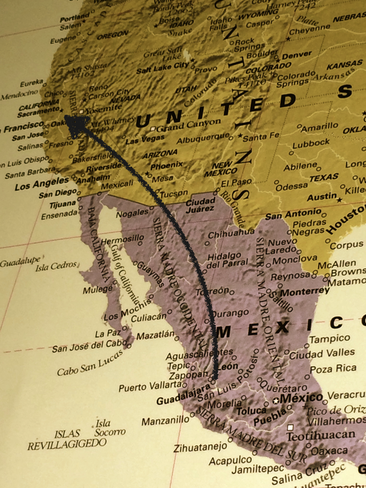 De Guadalajara, Jalisco a Marysville, California Durante una visita recién a Guadalajara, una tía de mi esposo compartió unas breves historias de su experiencia trabajando en E.E.U.U. Yo ya sabía que ella pasó tiempo trabajando en Chicago, entonces cuando mencionó que llegó en camión a su destino, tuve que preguntar, "usted viajó hasta Chicago en camión?!" Su respuesta fue rápida: Sí. Pero no en este viaje." Esta vez se refería a su primera aventura a E.E.U.U., cuando era una muchacha todavía, yendo a trabajar con un pariente de su papá, Natividad Corona. En Marysville, California. Casi me caí de la silla. Marysville? Cerca de Sacramento? Un pueblo con sólo 7,800 poblados en 1950? El mismo pueblo donde vivió y trabajó mi abuelo por muchos años?! Las respuesta, por supuesto, fue que sí. Fue el mismo lugar. Y quién lo hubiera adivinado? La tía de mi esposo y mi abuelo sí estaban en el mismo pueblo pequeño, al mismo tiempo. Increíble. Pero la historia no terminó ahí. Esta estancia en E.E.U.U. fue con Natividad Corona. Y había mucho más para contar sobre Natividad y su hermano Juan. Según la familia, estos hermanos eran primos (hermanos o segundos) para el abuelo de mi esposo - aunque, nadie podía definir exactamente la relación. Natividad viajó a California en los 1940 y después de trabajar por un rato en agricultura, se hizo contratista de trabajadores migrantes en la región. Durante su estancia con Natividad, la tía de mi esposo tuvo que preparar y servir desayuno, comida, y cena para los trabajadores granjeros - y eran 90. También trabajó con Juan, el hermano menor de Natividad. Mientras recordaba las dificultades de ese trabajo, ella mencionó el escándalo y 'horror' de los hechos de Juan, los cuales ocurrieron años después de que ella regresó a México. En ese momento parecía que todos tenían la idea que yo ya conocía de estos eventos y la conexión a la familia. Pero yo estaba completamente en la oscuridad - y me interesó mucho. Quién era Juan Corona y que hizo?! Entonces, ella me enseñó un pequeño libro que había guardado de ese año. La búsqueda por la verdad
Así empezó una investigación de 3 meses. Estaba intensamente curiosa sobre los crímenes. Me preguntaba si Juan fue culpable. Quería saber si estaba vivo todavía. Y, quizás lo más importante, estaba determinada a probar (o refutar) la conexión entre mi esposo y este misterioso, presunto asesino. People are strangely fascinated by serial killers and their crimes. In fact, murder mysteries, in general have captured the attention of the masses for centuries. Perhaps it is no surprise then, that before researching the connection of Juan Corona to my husband's family, I immediately began to scour newspapers and libraries for information about the ghastly crimes that he committed. What does history tell us? One look on Wikipedia will tell you that Juan Corona was convicted of murdering 25 migrant farm workers in 1973. He was sentenced to life in prison, and continues to serve that sentence today in Soledad, California. Keep searching, and you will find that the murders were gruesome, allegedly carried out with a machete. However, 'history' takes many forms on the internet, and much of it is fiction. Only through consulting well-documented research will you find an accurate depiction of the crimes, including the evidence used at trial. Twenty-five Murders (and probably more): Looking for a Reason, a book by John B. Dickson, includes an in-depth review of the two trials (there was an appeal following the first conviction) and the circumstances surrounding the case.
Cousin Juan Corona The Medina family remembers Juan Corona as the brother of their 'cousin' Natividad Corona. While they spent years of their youth with Natividad, they knew very little of Juan. With no recollection of exactly how they are related, my husband's aunts and uncles do know that Natividad was called 'cousin' by their father, Jose Jesus Medina, and was a 'padrino' to one of them. The term, 'cousin,' of course, does not make for an easy starting place in genealogical research. I meet a 'cousin' at nearly every genealogy conference I attend. However, it's not an impossible place to begin - they knew each other and lived in the same small town near Guadalajara. So, I began by building the family tree of Juan Corona. Juan Corona was born on February 7, 1934 in Ayutla, Jalisco, Mexico to parents Sebastian Corona Larios and Cándida Vallejo Uribe. Through my research, I located not only the baptismal record for Juan, but for several of his brothers and sisters, as well. While I was unable to locate the border-crossing documents that would indicate when he traveled to the United States, several biographies of his life suggest that he was living in the Sacramento region by the 1950s. Based on this initial two-generation tree, there is no relation to the Medina family. So, I continued with Natividad. Though his tree is the same, I had hoped I would find something among his documents that would fill in the gaps. Natividad, the brother
The search for Natividad's birth records was a challenge. I used multiple databases, and various versions of his parents' names. Though I did uncover a 1930 Mexico census that listed an approximate age (as well as other siblings), a census does not confirm the exact birth date. ...And then I saw it. Guadalupe and Natividad were 12 and 10, respectively in 1930. The father, Sebastian, was 40. The mother, Cándida, was 22. Now, there are young mothers, of course. But, this is not what occurred here. She would have been 10 years old at the birth of her first child. No, this must be a second marriage for Sebastian. Perhaps the mother of Natividad and Guadalupe would reveal the connection to the Medina family? Alright, so the title of this post carries just a tinge of hyperbole. But, I won't deny that these words did float across my mind as I heard my husband's aunt relate the tale of "Uncle Natividad" and his brother Juan, El Asesino del Machete. (Go ahead. Google him. But, don't get too excited. We'll come back to him a bit later.) Let's begin at the beginning. My husband was born and raised in Guadalajara, Jalisco - a beautiful city with Spanish architecture, legendary music, and equally legendary food. His parents' families are from small, rural towns on the periphery of the big city. I've been fortunate to not only hear stories of these romantic Mexican villages, but to visit them, as well. My family hails from north of the border. On my father's side, after living for generations in Oklahoma, they traveled west and landed in Marysville, California, a small agricultural town near the state capital of Sacramento. (Rural, yes. Romantic, not so much.) Our heritage could not be farther apart - in distance and in culture. And, if you had asked me 3 months ago if it were possible that our families crossed paths over 60 years ago, I would have dismissed the idea as statistically silly and basically impossible. The world is simply not that small. And I would have been wrong. From Guadalajara, Jalisco to Marysville, California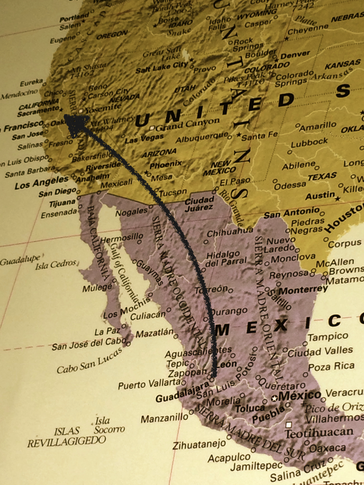 During a recent visit to Guadalajara, my husband's aunt shared a few stories from her experience working in the U.S. I had always known that she spent time working in Chicago, so when I heard her mention taking a bus to her destination, I had to inquire: "you traveled by bus from San Diego to Chicago?!" Her response was quick: "Yes, but not on that trip." This time, she was referring to her first venture to the U.S. as a very young woman, to work with her father's relative, Natividad Corona. In Marysville, California. I nearly fell out of my chair. Marysville? Near Sacramento? A town with a population of only 7,800 in 1950? The same town that my grandfather lived and worked in for many years?! The answer to all of those questions, of course, was yes. It was the very same place. And who would have guessed it? My husband's aunt and my grandfather were in the same small town, at the same time. Incredible. But the story did not end there. This stay in the U.S was with Natividad Corona. And there was so much more to tell about Natividad and his notorious brother, Juan. According to the family, these brothers were cousins (2nd or 3rd?) to my husband's grandfather - though, no one was able to define the exact relationship. Natividad traveled to California in the 1940s and after working in agriculture for some time, became a labor contractor for migrant farm workers in the region. While staying with Natividad, my husband's aunt's job was to cook and serve three meals a day to the farm workers - 90 of them, three times a day. She also worked with Juan, Natividad's younger brother. As she recalled the difficulties of this work, she mentioned the scandal and "horror" of Juan's acts, which occurred years after she had returned to Mexico. There seemed to be an assumption that I was aware of these events and the connection to the family. But, I was in the dark - and my interest was piqued. Who was Juan Corona, and what, pray tell, did he do?! Then, she showed me a small booklet she had saved from the year it happened. A search for the truthThus began a 3-month search for Juan Corona. I was intensely curious about the crimes. I wondered whether he was guilty. I wondered if he were still alive. And, perhaps most importantly, I was determined to prove (or disprove) the family connection between my husband and this mysterious, alleged murderer.
It seems fitting that I will conclude this narrative of Anthony Hensler’s life on Memorial Day (Decoration Day in Anthony’s time). A veteran of the Civil War and a captive in one of the most abhorrent prisons in history, Anthony is, without question, among those to be remembered today. More than this, I would like to dedicate the memories I share in this chapter to Anthony Hensler, to his great nephew John R. Murphy, and to all of the resolute and courageous souls who served before and after. The Cinderella story A few questions remain outstanding in this search for the truth about my great-great grand uncle. Was he indeed the son of my 3rd great grandfather, Valentine? Is Arthur Fay and Anthony Hensler the same person? Finally - and perhaps most fascinating - did he marry his Cinderella? The answers to these questions were at once explained and confirmed in the pages of his pension record. However, the composition of his life is much more vivid when painted by more than the words from a government record (indeed, who would want to be remembered based on the statements of a government pension auditor?!). In previous posts, I’ve shared the overwhelming struggles that Anthony likely faced: an impoverished childhood, a tormented father and a young psyche filled with ghastly memories of war. However, not all was grim. If we assume, for the moment, that Arthur is Anthony, then he indeed found enjoyment - perhaps even love - in a young woman, 10 years his junior. On a sweltering June day in 1873, Arthur Fay and Cinderella Bromley were married by Rock Island Judge Samuel S. Guyer. Arthur was an employee of the Buford Plow Company and Cinderella the young daughter of an Englishman who also worked in a plow factory. At the time of their marriage, Cinderella was a girl of 17, living with her widowed father in Moline Township, Illinois. One can imagine how Arthur, perhaps an associate of Cinderella’s father and brother, met the girl with the name of a princess. Within a year of their nuptials, Cinderella and Arthur were expecting a child. Frederick Arthur Fay was born November 20, 1874. This boy would grow to know a different man as his father (Cinderella’s second husband, Frederick Hoppe), as Arthur sadly died in March of 1875 - a young man of 30. According to his pension record, he was laid to rest in Riverside Cemetery in Moline, Illinois. A resting place If there is any doubt of the authenticity of Arthur’s and Cinderella’s marriage, there is one last piece of information that unequivocally demonstrates the connection between these two figures. During a recent trip to Rock Island County, I was fortunate enough to spend a few hours searching for the resting place of Arthur.  That day, I began my morning at the Rock Island County courthouse, requesting copies of marriage, birth, and death records for various family members of Cinderella. While I was able to acquire a handful of valuable documents, there was no death record on file for Arthur Fay or Anthony Hensler, or any combination of the two (recording of deaths began in 1878 in Rock Island County). My next stop was the expansive 62-acre Riverside Cemetery. Hoping for serendipity, I drove around (what appeared to be) the oldest parts of the cemetery for nearly an hour. With no luck - and only one hour remaining of research time - I headed to the Rock Island County library. The librarian directed me to a small room that housed the microfilm and a few volumes on the history of Rock Island. As serendipity does, it came unexpectedly. On the very first shelf I glanced, I found a book titled, Riverside Cemetery, Moline, Illinois: Extract of Sexton Records 1873 - September 2011. Listed alphabetically, I opened the book to the F’s. And there was his name: Fay, Arthur. The book provided his exact plot in the Riverside Cemetery. With time waning, I raced back along the Mississippi to the cemetery. This time, I called the sexton for assistance in locating Anthony’s gravesite. A very patient and helpful man, the sexton guided me over the phone to the northeast corner of Old Riverside Cemetery. I anxiously counted the rows and the headstones as instructed. Disappointed, I did not find a stone for Arthur. The spot was empty. And then, just as the sexton suggested that I look at nearby headstones for any familiar names, I spotted the one next to Arthur’s resting place: It is difficult to read, but as I finally made out the name - nearly simultaneously - we read the names of those laid to rest next to Arthur Fay: Elizabeth and John Bromley. Arthur was buried alongside the parents of his wife, Cinderella. A closer look reveals that nearby is also buried Cinderella’s sister and brother-in-law. There is a family resting here. It is difficult to describe the feeling of finding the place where, after a life filled with tragedy and horror, Arthur (Anthony) found peace. I took a photograph, and, as with many things, the picture tells the story. The alias Finally, we come to the questions surrounding Anthony’s alias. And, if they were indeed the same person, was Anthony Valentine’s son? As I mentioned, these enigmas were solved upon review of Anthony’s pension record. Within the first few pages of the documents is an affidavit from Emma (Hensler) Sickler: Here, Emma confirms that Anthony and Arthur are the same man. She also confirms that Anthony was not Valentine’s son: he was her half-brother.
In fact, I was able to find the answers to nearly all of my initial questions upon reading all 98 pages of letters and affidavits of the record, including Cinderella's eligibility for the widow's pension. Yet, these pages represent more than a year of correspondence with the Bureau of Pensions, multiple lawyers and several requests for affidavits from friends and family. In short, Cinderella went to great lengths to prove that she was the wife of Arthur Fay and that he was, indeed, the same Anthony Hensler. The extensive investigation was concluded with brief notes from the Board of Review in the Bureau of Pensions: “…as soldier’s mother, Theresa Fay, says she was not married before she married Valentine Hensler, it is probable that soldier was illegitimate and the reason for his two names…” And, mystery solved. |
AuthorLisa Medina, here to share the history of families - one story at a time. . Archives
May 2016
Categories
All
Copyright © 2020-2021 Lisa Medina Genealogist & Family Historian
|
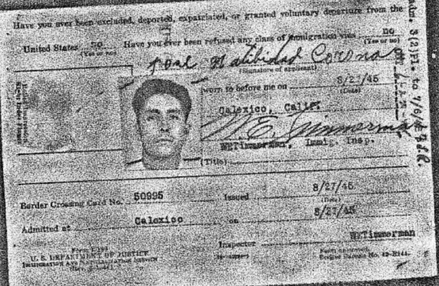
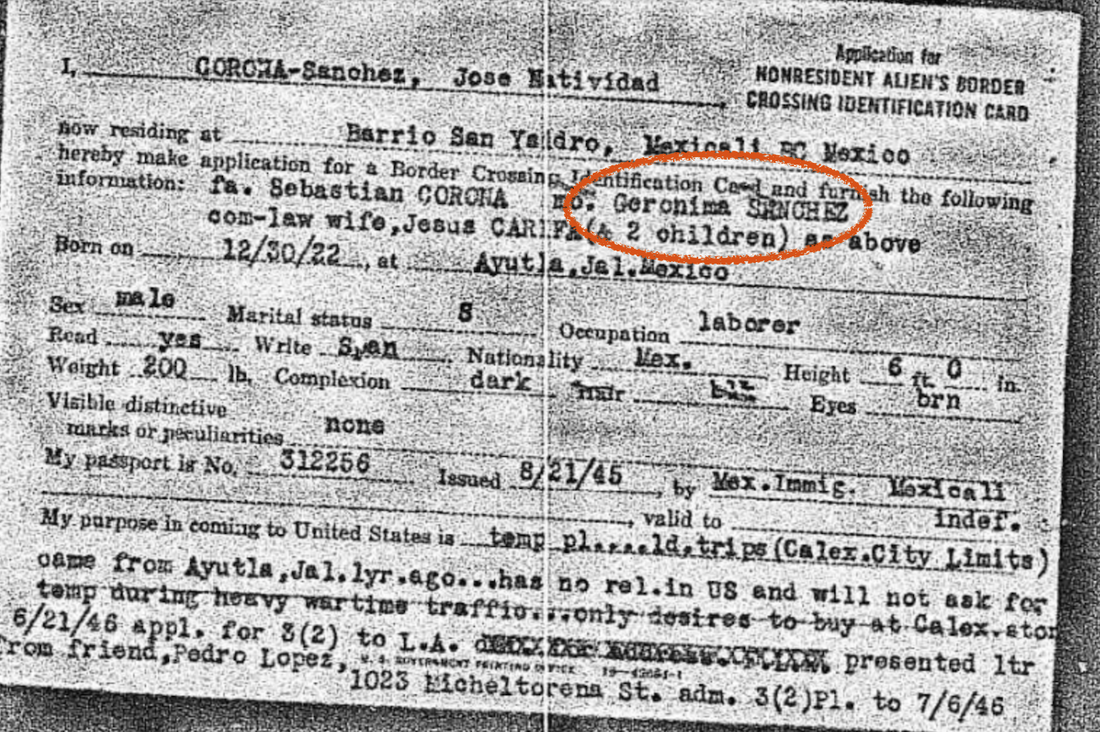
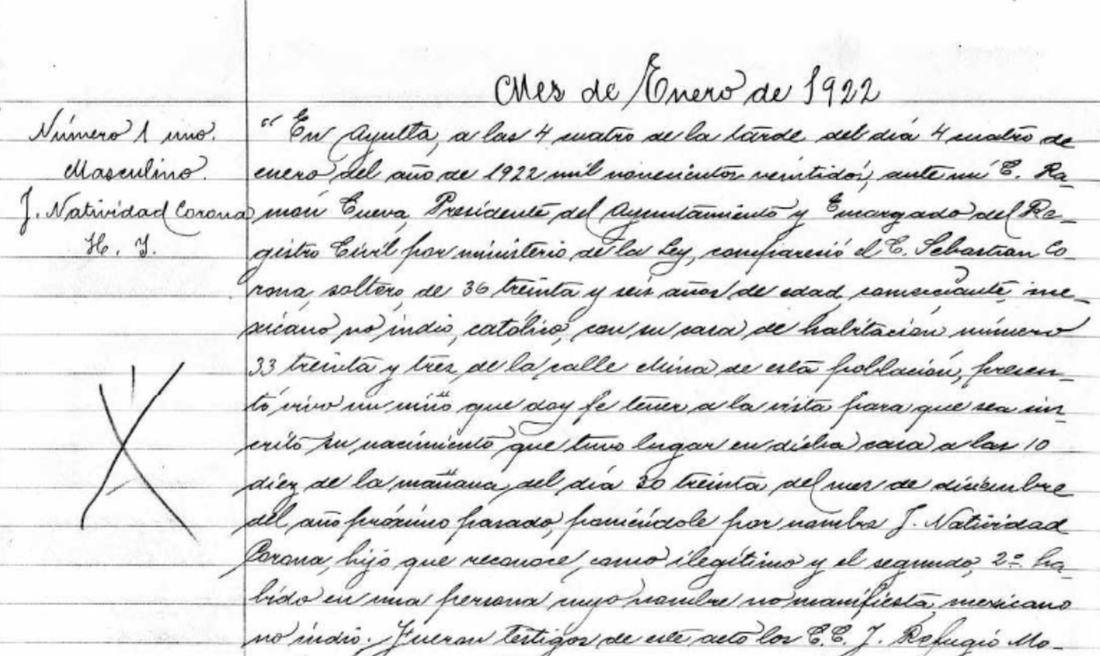
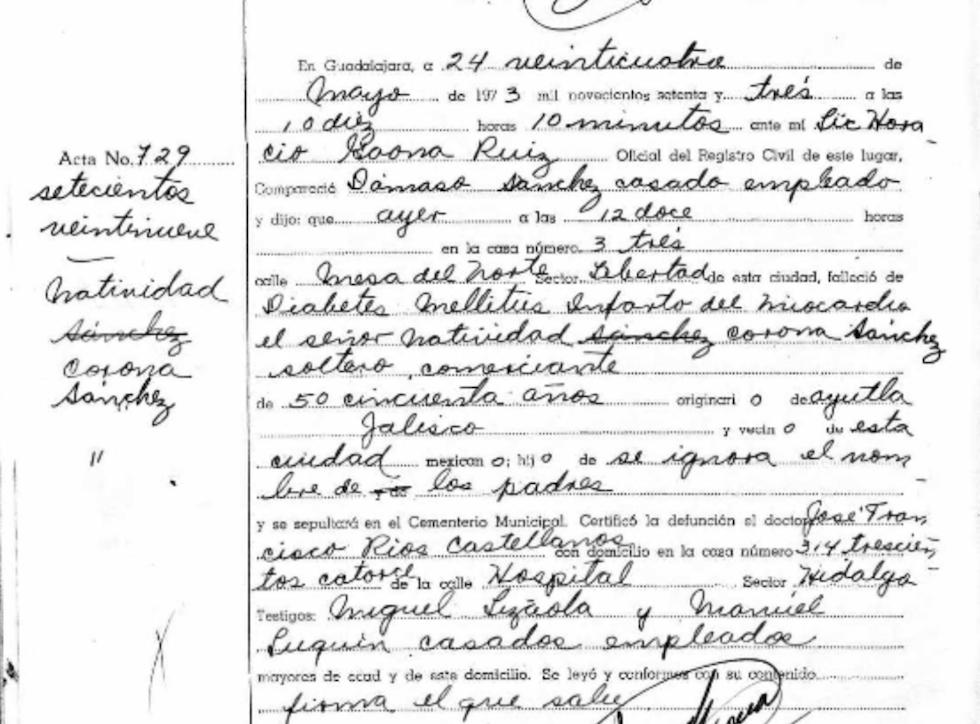
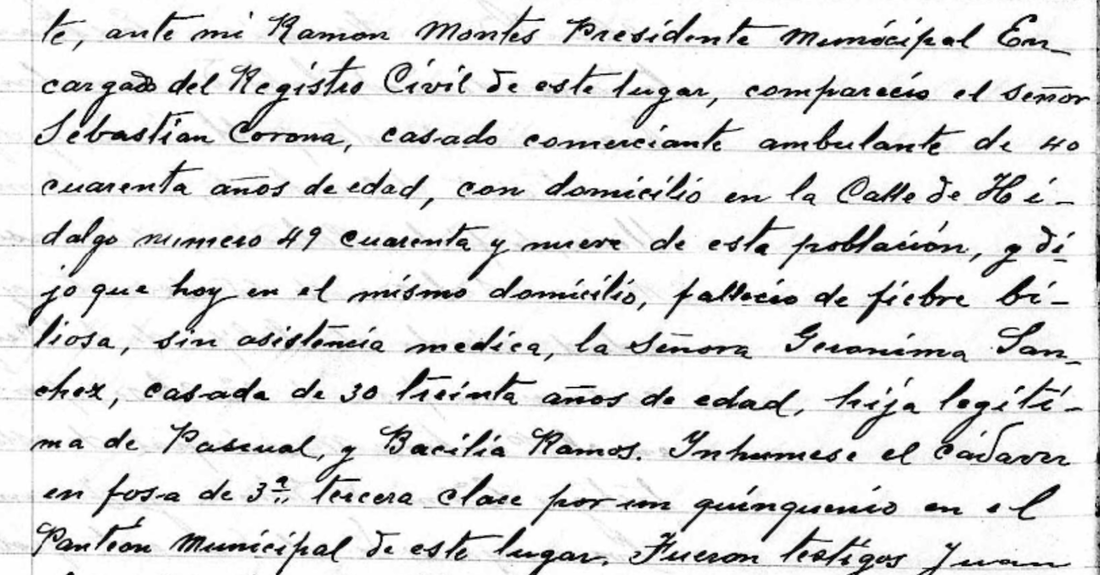
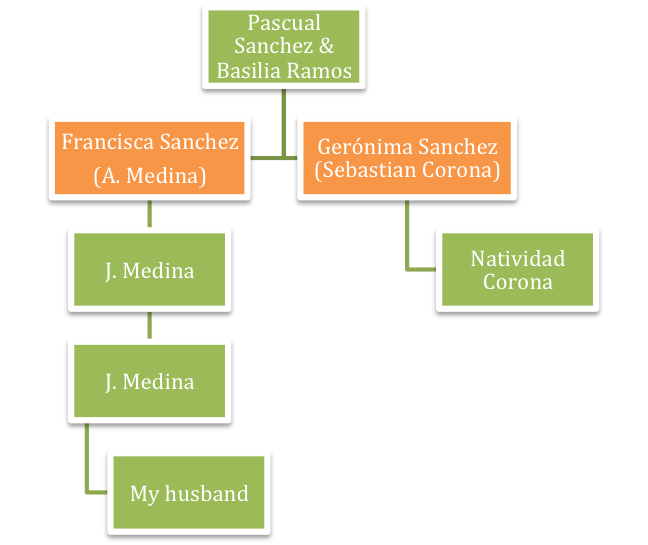
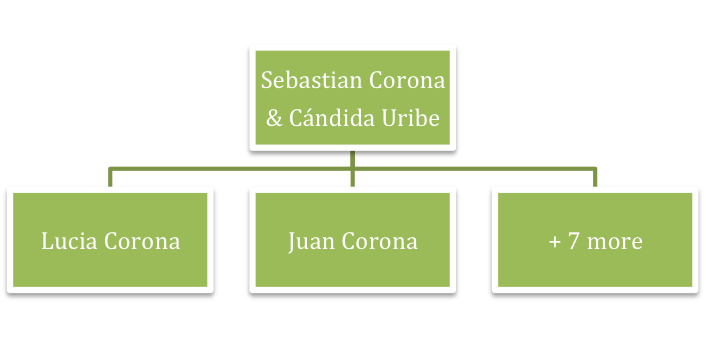
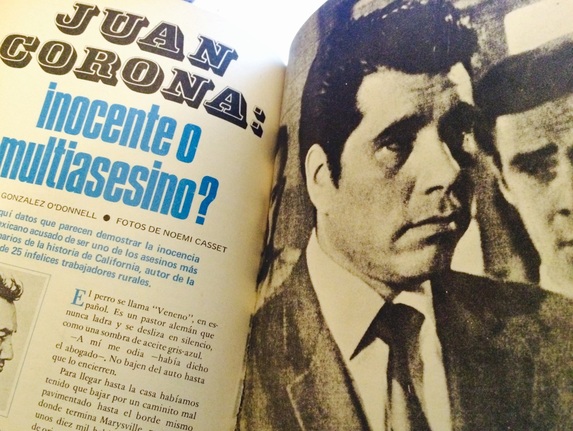
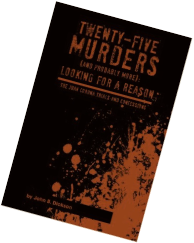
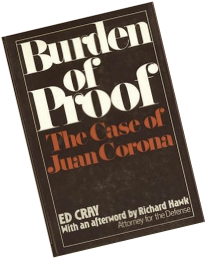
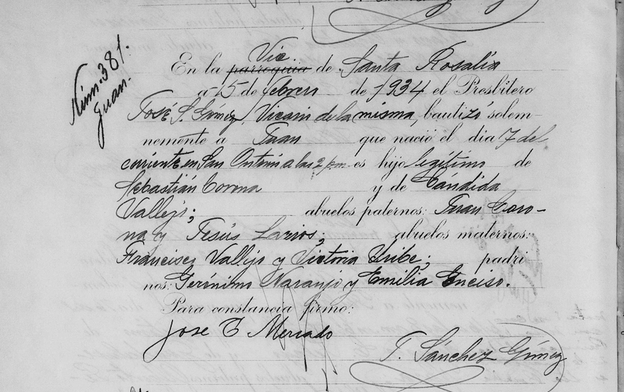

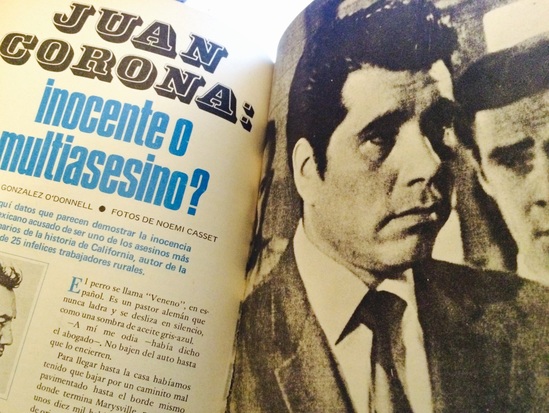



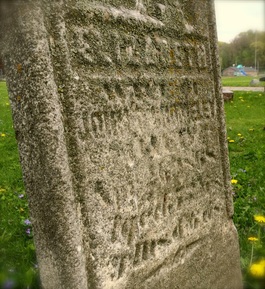
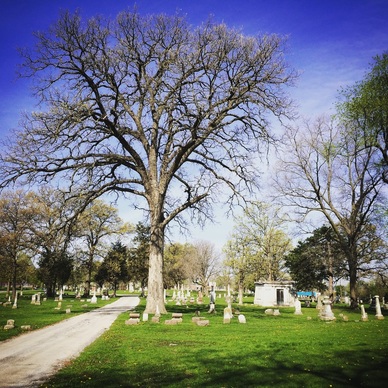
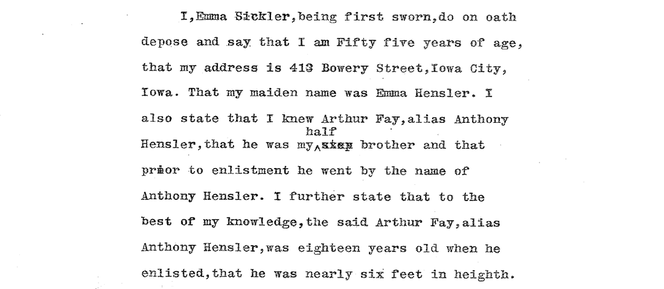
 RSS Feed
RSS Feed
